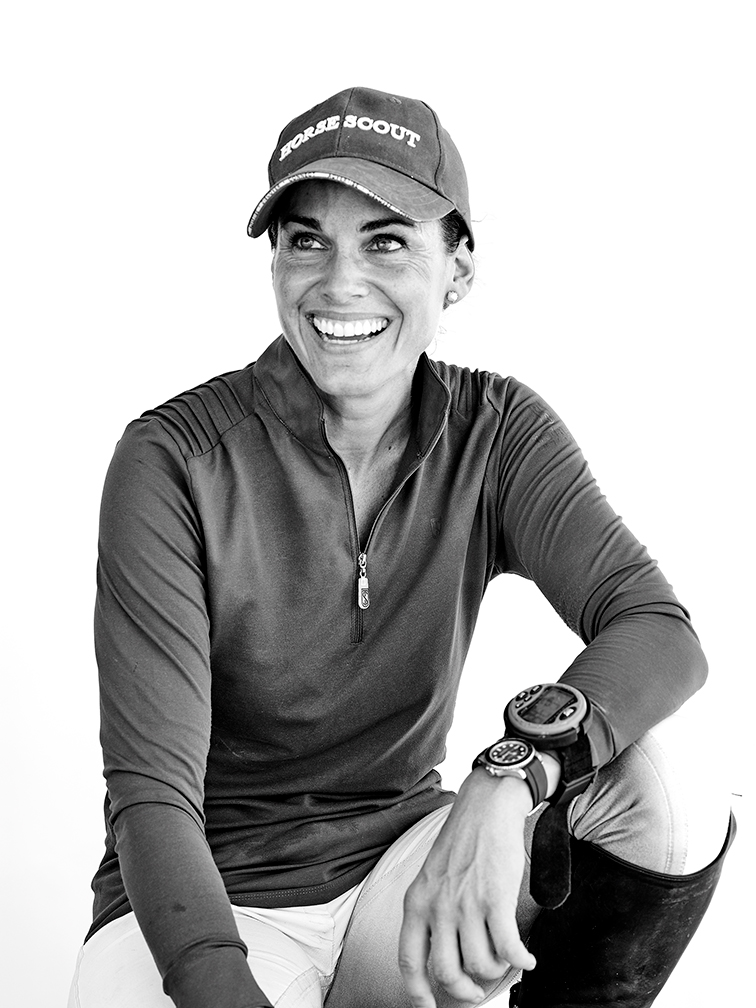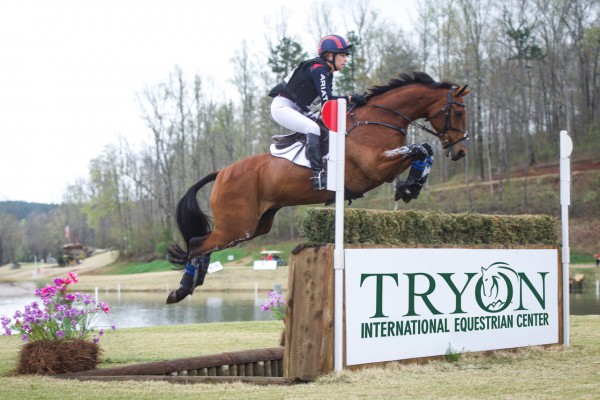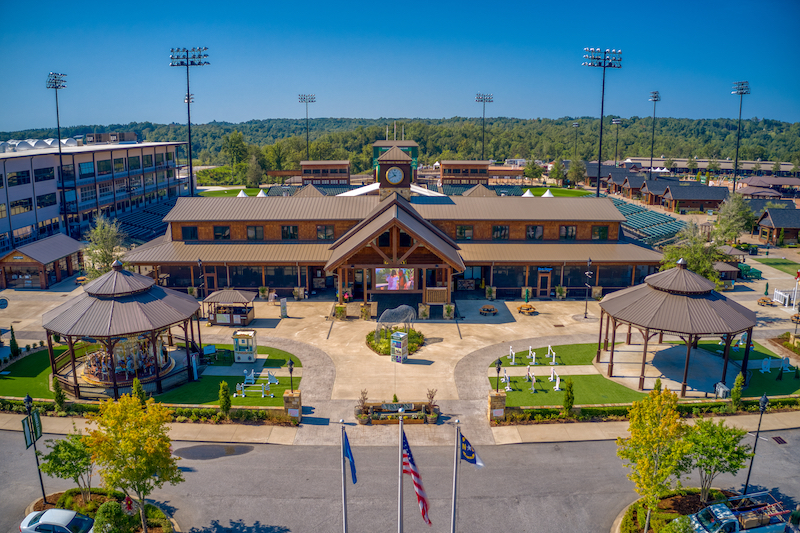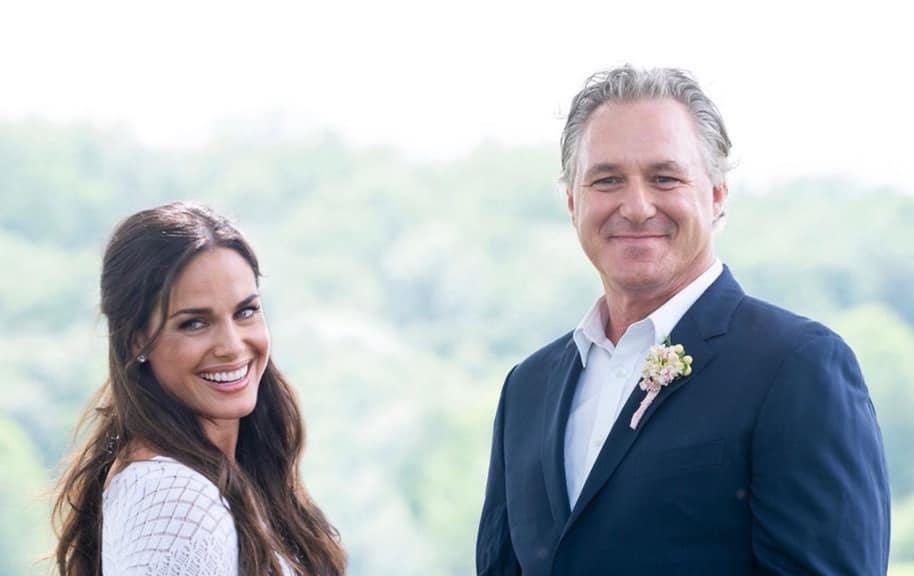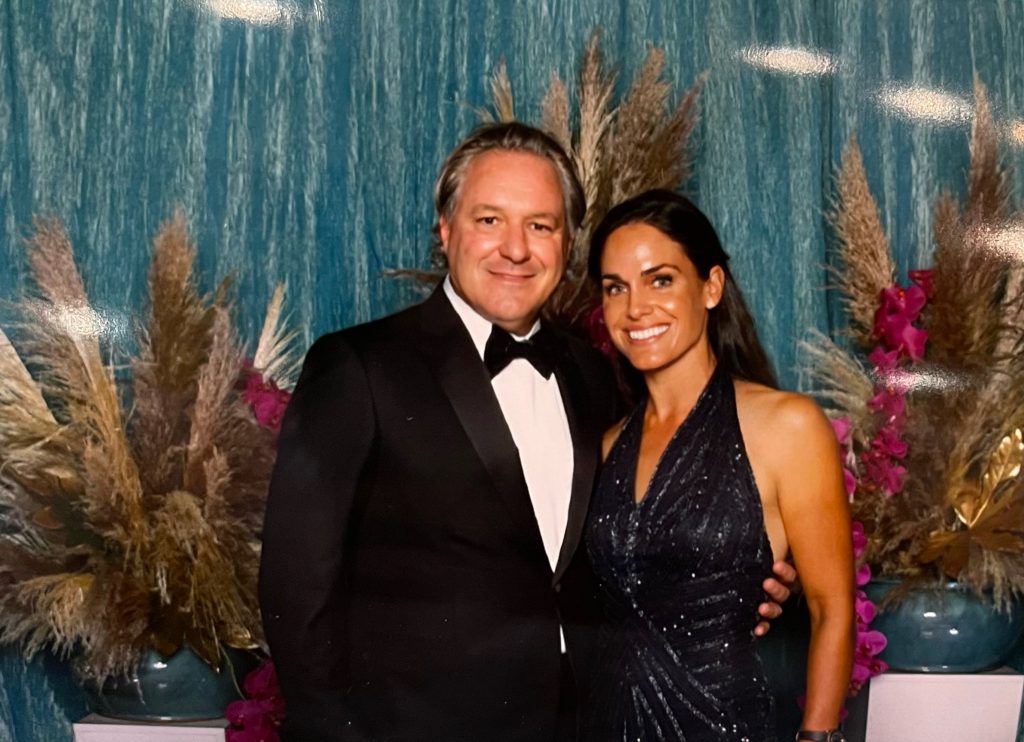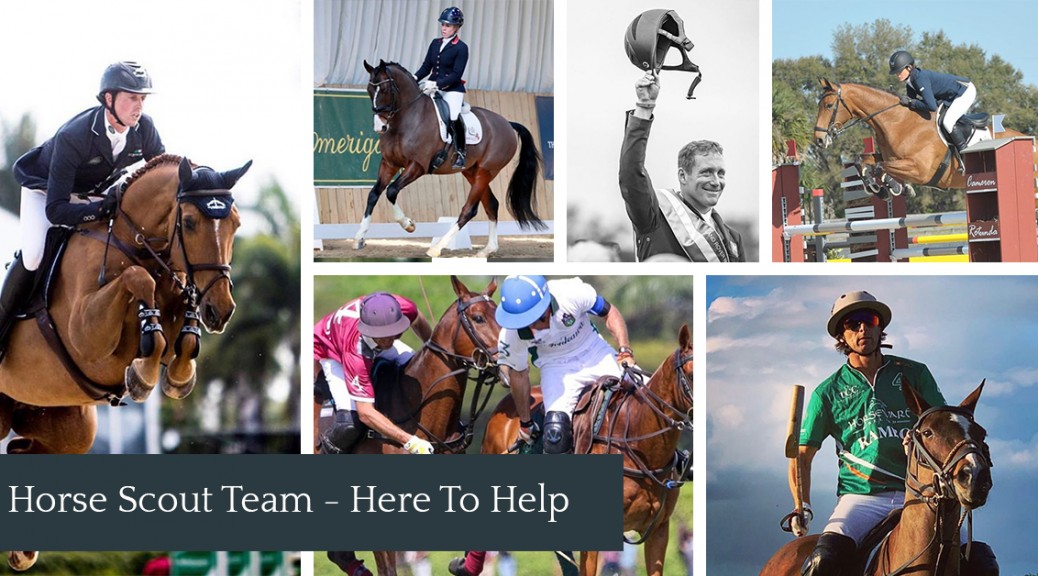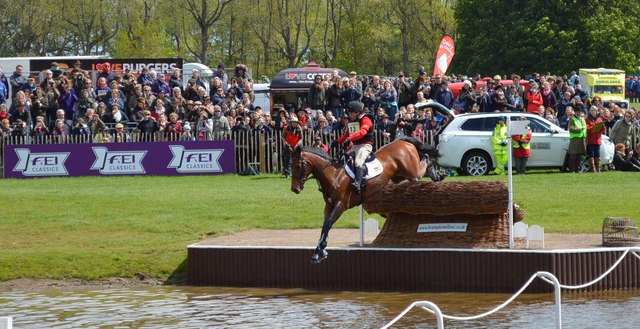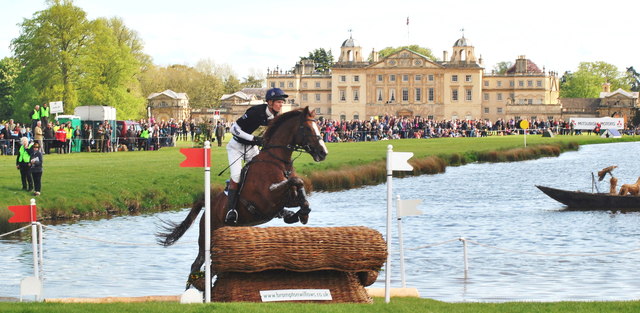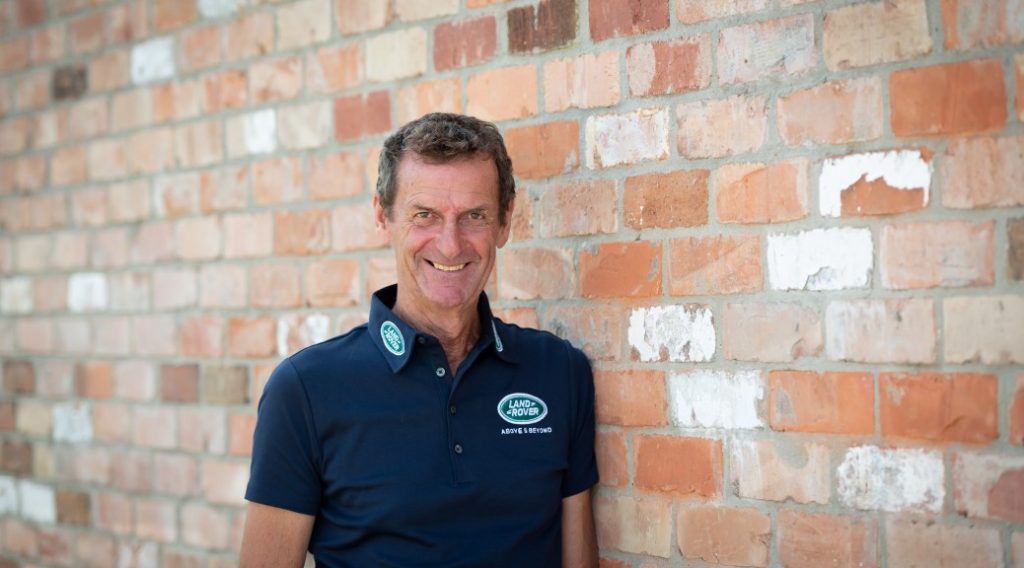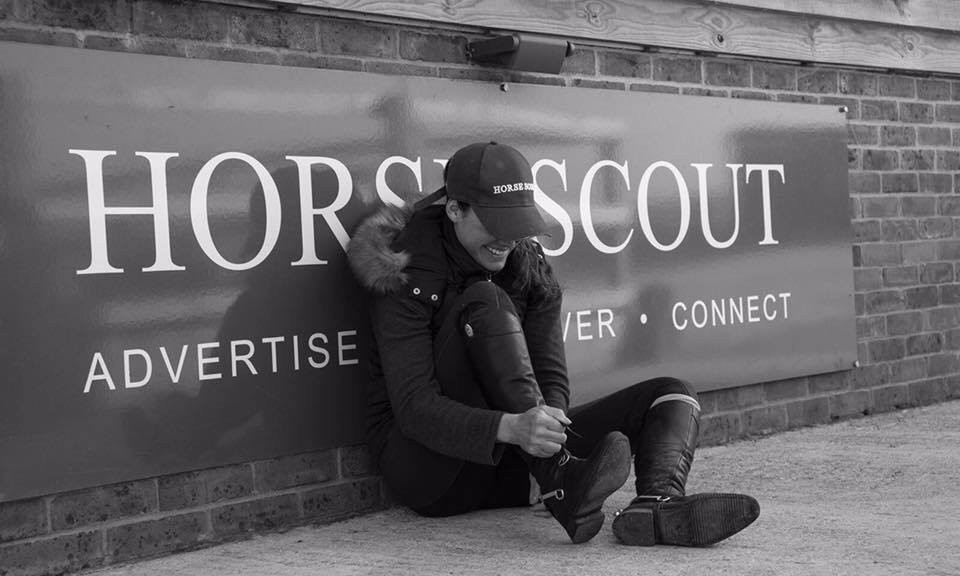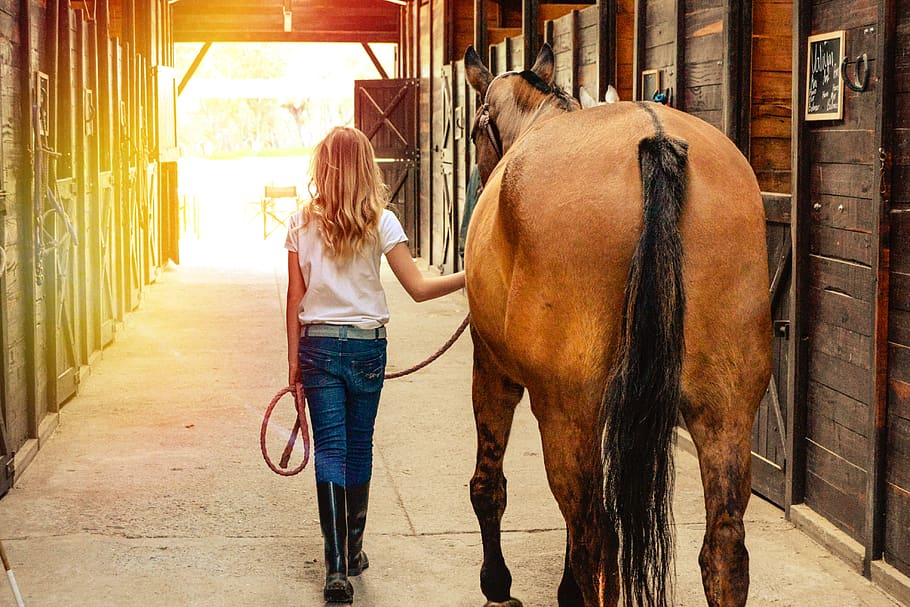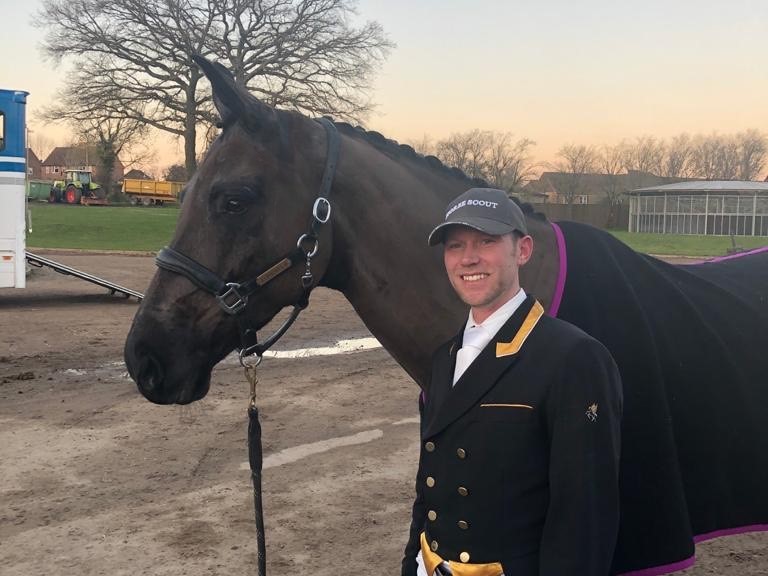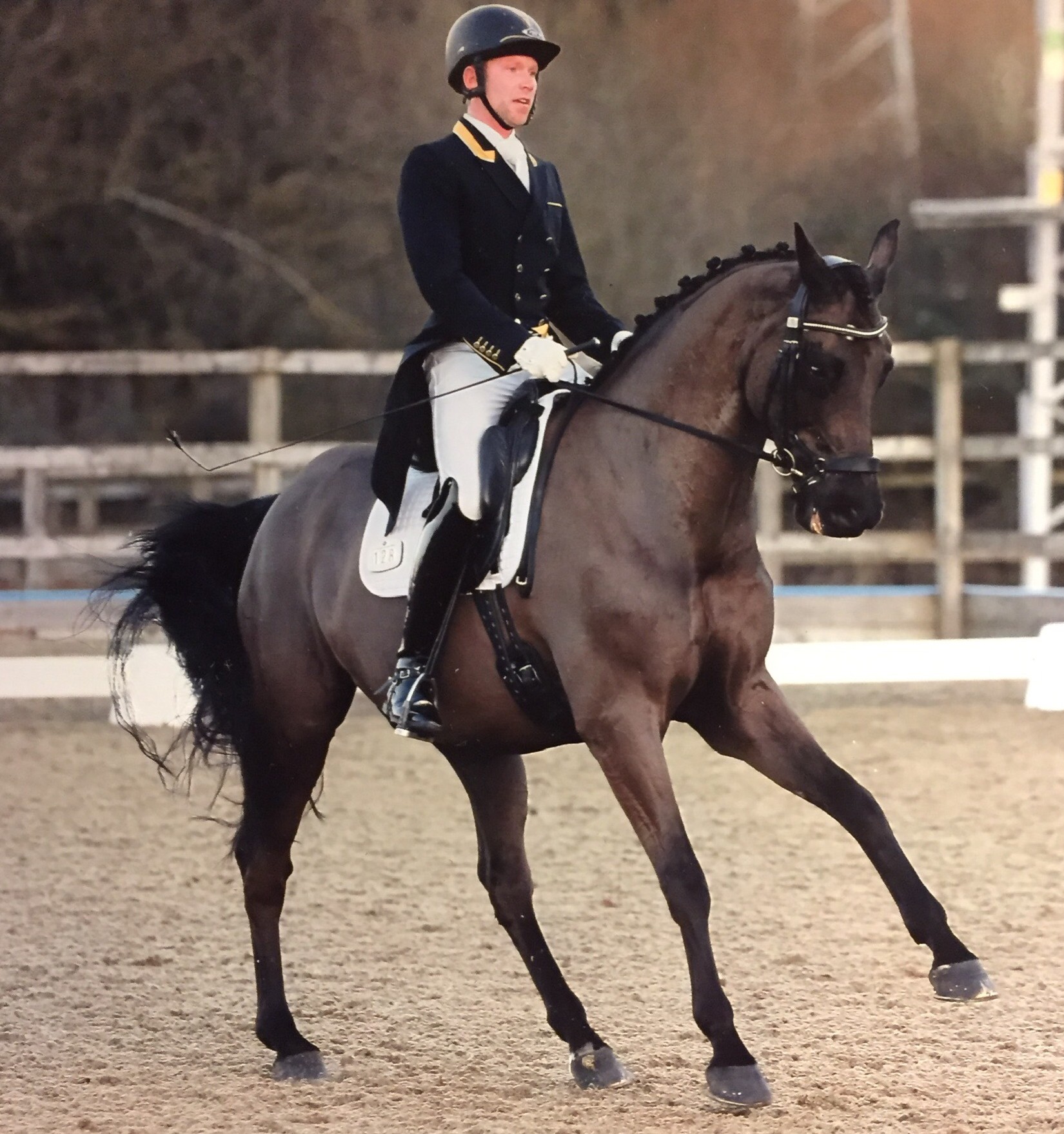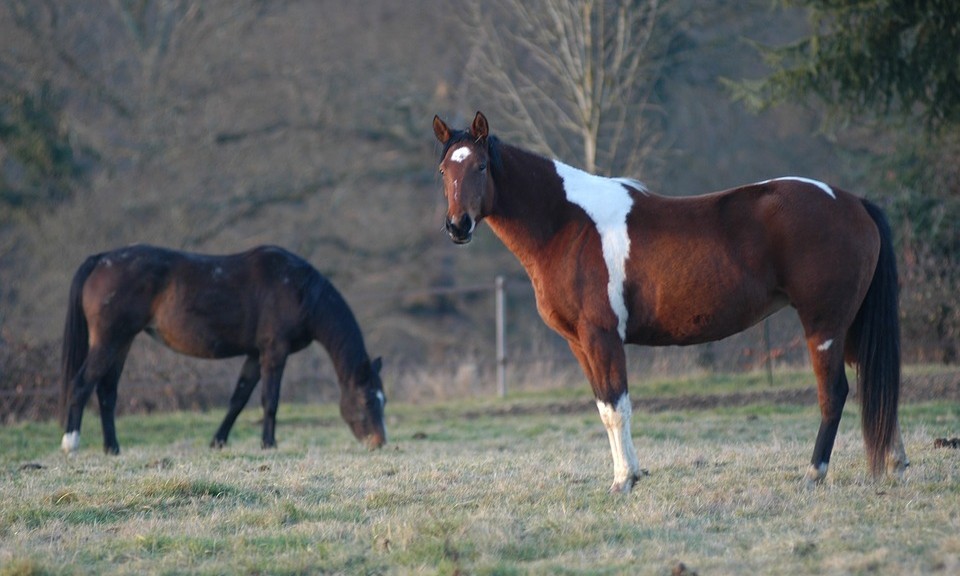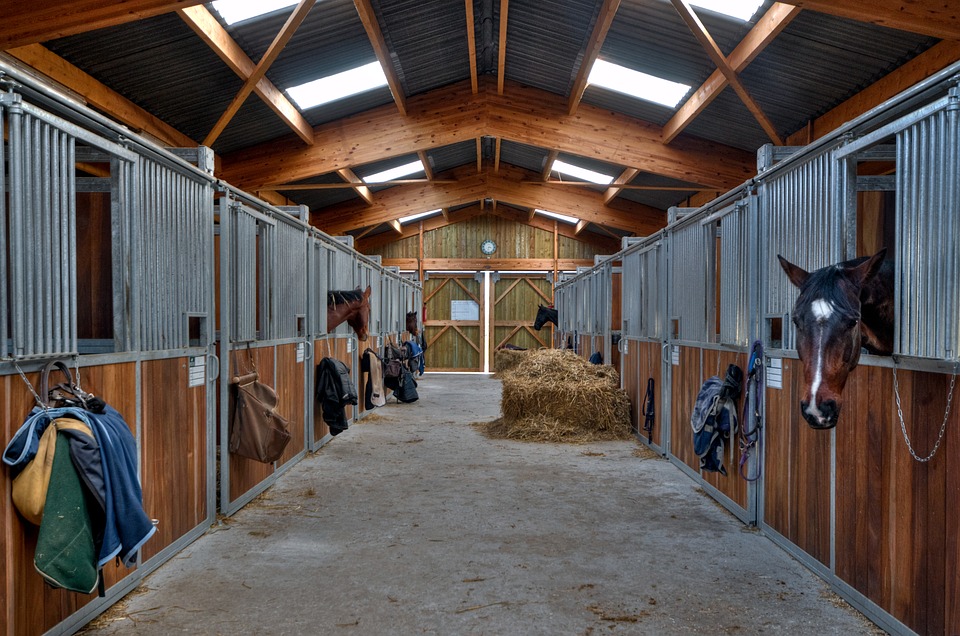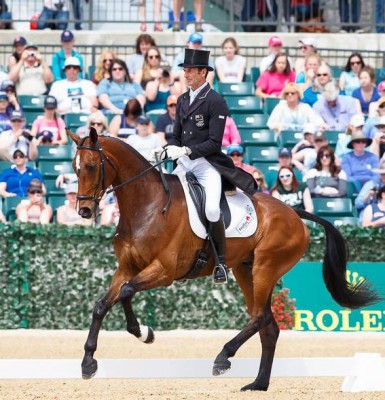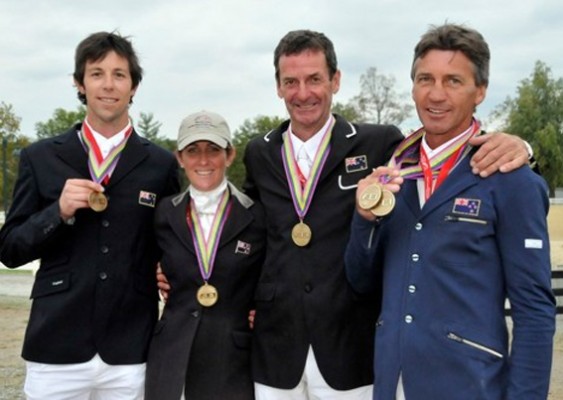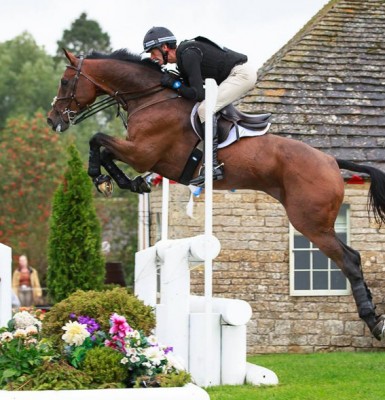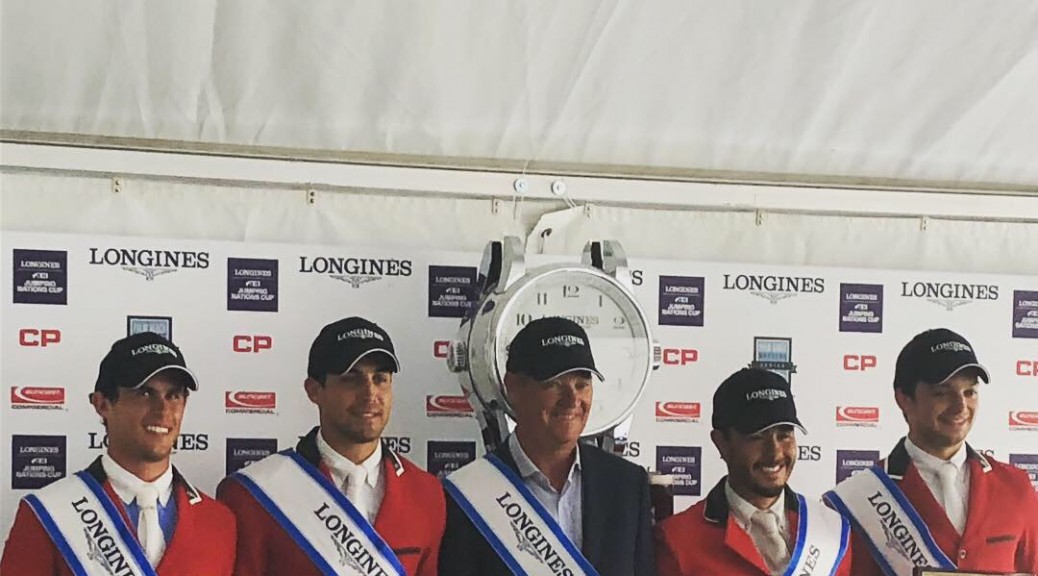



 Horse Scout Group is the brainchild of just one woman: 36-year-old Lucienne Elms from Hampshire, in the UK. The idea spawned from a desire to connect the horse world at a professional level, in a way that had never been done before. Like so many great entrepreneurs, Lucienne has a colourful background story, full of trials and tribulations, which is undoubtedly the catalyst for much of her business and sporting success.
Horse Scout Group is the brainchild of just one woman: 36-year-old Lucienne Elms from Hampshire, in the UK. The idea spawned from a desire to connect the horse world at a professional level, in a way that had never been done before. Like so many great entrepreneurs, Lucienne has a colourful background story, full of trials and tribulations, which is undoubtedly the catalyst for much of her business and sporting success.
Her professional journey with horses began in 2002 when she started as a working rider for a local 5* Event rider, alongside completing Biology, Chemistry, Psychology, and English A-levels. It became her goal to reach the top of the sport of eventing, which she duly did during the years that followed. In order to fund her sporting ambitions in what is one of the most financially demanding sports of all, Lucienne set up and managed a successful international sport horse sales business, producing and selling hundreds of horses before her 25th birthday. Through this dedicated approach, she developed a network from all areas of the sports horse industry from sponsorship and industry needs to global sales pipelines. She admits to an unconventional childhood and recalls her father telling her in her teens, that the best thing he could offer was in fact nothing. “It kept me resourceful, self motivated and hungry” she smiles.
An intellectual curiosity and interest in science, prompted Lucienne to do a five-year degree in Chiropractic medicine. “I believed it would give me the autonomy I desired financially, while expanding me on a cerebral level. She became a practitioner, Dr. Chiro for several years, worked in a medical centre, ran her own private practice, alongside competing to CCI 4 star level eventing and selling at volume.
All these walks of life led to the beginnings of an idea. The often considered ‘behind the times’ equestrian industry, when it comes to the tech space and digital connectivity, Lucienne detected the gap in the market. “There was a definite demand by equestrian professionals for a means for them to expand their customer base and or revenue channels”. Horse Scouts’ first business venture was to be the platform which facilitated these connections, in a way that was not dissimilar to LinkedIn. Horse Scout Group today offers a leading international agency and equestrian services network, and investment firm, and a customizable homeware gift platform leveraging the boom in e-commerce. 2020 Horse Scout is expanding rapidly worldwide with a series of world class European and American relationships.
Lucienne continues the story:
“I had a vision that would actually keep me awake at night, so I started researching the tech world and spending time in start-up hubs like a born-again student. I was internally mapping out how the different offerings of social and digital business could leverage the multi-billion equestrian space. It was challenging to carve out enough time to put my business into action. That at all changed when I had a freak riding accident in 2012, sustained 16 fractures in my foot and ankle and was confined to a bed for 11 months due to reconstructive surgeries.
The writing was on the wall. I became what can only be described as ‘obsessed’ with the idea of Horse Scout as a group entity, with multiple business pillars. It occupied my every thought. Looking back, I should really apologise to the friends and family who were around me because I became all consumed. As any founder knows you can only rely on yourself to make it work, and you don’t take no for an answer. I have always been motivated by negative feedback, tell me I can’t do something and I will not stop pursuing it until I can prove to the contrary. There is a fine line between tenacity and insanity!
In 2013 we secured a worldwide trademark for the brand. I took out a start-up loan with Virgin to tide me over and pay staff while rehabilitating, and planning my road map to venture capital. Rehab has been a big feature in my life, and I like to think it is a way of some other force reminding me to be grateful for every day of physical, mental health and independence. Like all riders I was back on board as soon as I could put my foot to the floor and by May 2014 I was back at an international competition. Limping, full of metal plates but grateful.
The drama didn’t stop there, in September 2018 a near fatal car crash. I punctured both lungs, broke 28 bones and woke up wondering quite what I had done to warrant the pain. As a former chiropractor I took one look at my spinal x rays and saw 16 rib fractures, and multiple transverse process breaks (the wings of the vertebral body that contains your spinal cord) and decided that my broken shoulder, arm, sternum, wrist, leg was actually a blessing, it could have been so much worse. I spent many weeks in Oaksey House Rehabilitation Centre, run by the Injured Jockeys Fund (IJF), an absolutely phenomenal facility. It was a dark but character-building time for me. I recall seeing others less fortunate than me in a state of paralysis. That sharpened me up every day and motivated me, despite indescribable pain. I hold the record for “Most bones broken in one person ever – IJF, Lambourne”. It might be a cheesy cliché “what doesn’t kill you makes you stronger” but I really believe in that mantra.
The Horse Scout user base is both amateurs and professionals. I found that a high percentage of users chose to profile their horses even when they were not for sale. You might ask why? Because the Europeans have a huge thirst to understand and validate their horses whether they are pets or professional competition horses, via breeding. It is no different to the racing industry and that familiar question “how is it bred?” This will always spark interest and communication amongst the community.
A small loyal bootstrapped team and I worked with Polish developers to create software that automatically connected the horses together by their bloodline lineage. In essence we had the LinkedIn of the equestrian world, with the intention that by 2022, we would have a second layer of authentication taking the verification of this from Wikipedia status (i.e. not necessarily accurate) to certified. We had British co-founders studying Retinal ID, and other Equi-lab concepts, who knew there were safer and more efficient ways to passport and identify horses in the long run. We have mechanisms in place which will build on the social connectivity around bloodlines which I look forward to launching. This will be as soon as we reach critical mass not nationally but internationally through our new strategic partnerships.
Alongside this we started Horsescoutagency.com. An agency to support professional athletes, equestrian events organizers, and brands needing help to test, validate, and launch into the equestrian domain. I knew before the social influencer boom had really hit that micro-marketing was going to be a win for the equestrian industry. This was owing to its insane fragmentation: dressage, show jumping, eventing, polo. Owning a network of hundreds of thousands of users who have already told us their interests, made the ability to directly target product testers and individuals as consumers, a straightforward task.
By 2018 we had integrated social software to efficiently measure product sales against our agency client’s campaigns. Naturally, this was a great step for equestrian businesses. History proved that brands were lacking ability to prove their Return on Investment (ROI), a banner around an arena was no longer well spent budget unless it was tied to both a digital and social strategy. A win-win situation for the Horse Scout advocates too, as we plumbed in a success commission against products sold. Financial autonomy for professional riders is an area I am very aggressive to pursue. I understand that as a rider attempting to maintain an international presence, you become a slave to the sport, running on an eternal hamster wheel. Unless you are fortunate enough to be from a wealthy background, making money in horses is tough.
My business road map for all athletes connected to the Horse Scout network, will release a second salary to them based on performance. I have some new commercial platforms in build, set to launch in late 2020. The intention is to ‘give back’ to industry professionals such as equestrian artists and photographers, all the way through to world ranked riders. The world has shifted to an on-demand model in the last five years, gone are the days where you want to hold stock in warehouses. The exclusive partnerships will facilitate fulfilment to Europe and the UK on all our customers products within the week, and generate cash back to our chosen charities, athletes, and commercial counterparts.
Fundraising through 2016 -2017 was a sport in itself. I attended hundreds of meetings all over the UK and Europe, developed a thicker skin, and was used to being told ‘no’, I learnt how to pitch by the end of it. It dawned on me that the essence was to value the customer first and foremost and not the nature of the industry. Try using the words ‘horse business’ to a VC fund and see how far through your presentation you get. I knew the global market expenditure for equestrian was around £222 Billion per annum in 2017, and every other statistic to match. So, I kept my faith that one day with enough business collaboration, and industry understanding, domain knowledge, and strategic partnerships would pay dividends. I could now prove an excess of 250 million equestrians expressed equestrian interests via Facebook. Our Horse Scout customer lifetime member value looked very high when compared to the other community platforms.
I slowly raised £700k via five unique European tech investors, to support a customer scale strategy into Europe. I was also targeting the US, with a well-defined 27 million rider market. In 2017 I applied to BlackboxVC in Silicon Valley. It’s a world-renowned accelerator for proven start-ups. I was one of only two British founders selected and sponsored to go after an eight-month interview process, it changed my life.
While at BlackboxVC I met some of the best tech entrepreneurs, and mentors none of whom placed any relevance on the equestrian domain but taught me how to identify my strengths. CEO Fadi Bishara stated “all good start-ups need three things, a hacker (tech), a hustler (front runner that can convey the vision), and a hipster (the one who can package it as aesthetic”.
I am wholly an extrovert, and a workaholic. I need people to converse with, expand with and form alliances with. I want to provide more synergy to the equestrian industry and operate with the most entrepreneurial, elastic, ambitious equestrian organisations.
This diversity of relationships from true tech to sports innovation inspire me. We have to look at the grassroots and enthusiast market who are the base of the pyramid. I look forward to working with and driving new partnerships and commercial innovation into and organisations all over the world.
The Horse Scout journey is in its eighth year. Despite a challenging economic climate, my shareholders still remain, and the fragmented equestrian market still thrives. On the side-lines, I still make time to get my ‘brain fix’ competing at 4* and I will aim for 5* in 2021 despite being 45% titanium, I remain optimistic that I will not rust or damage myself again, before I get there”.
